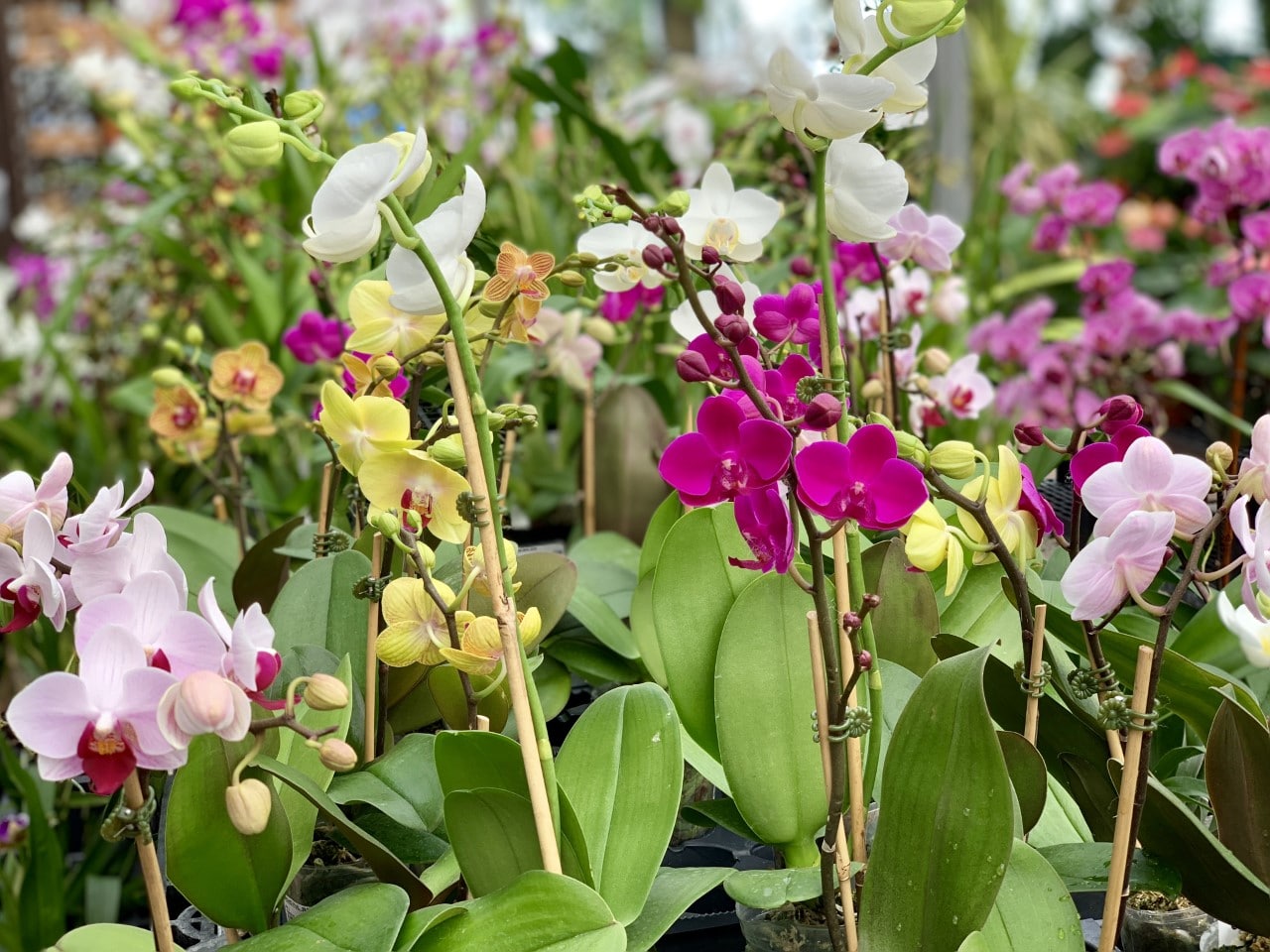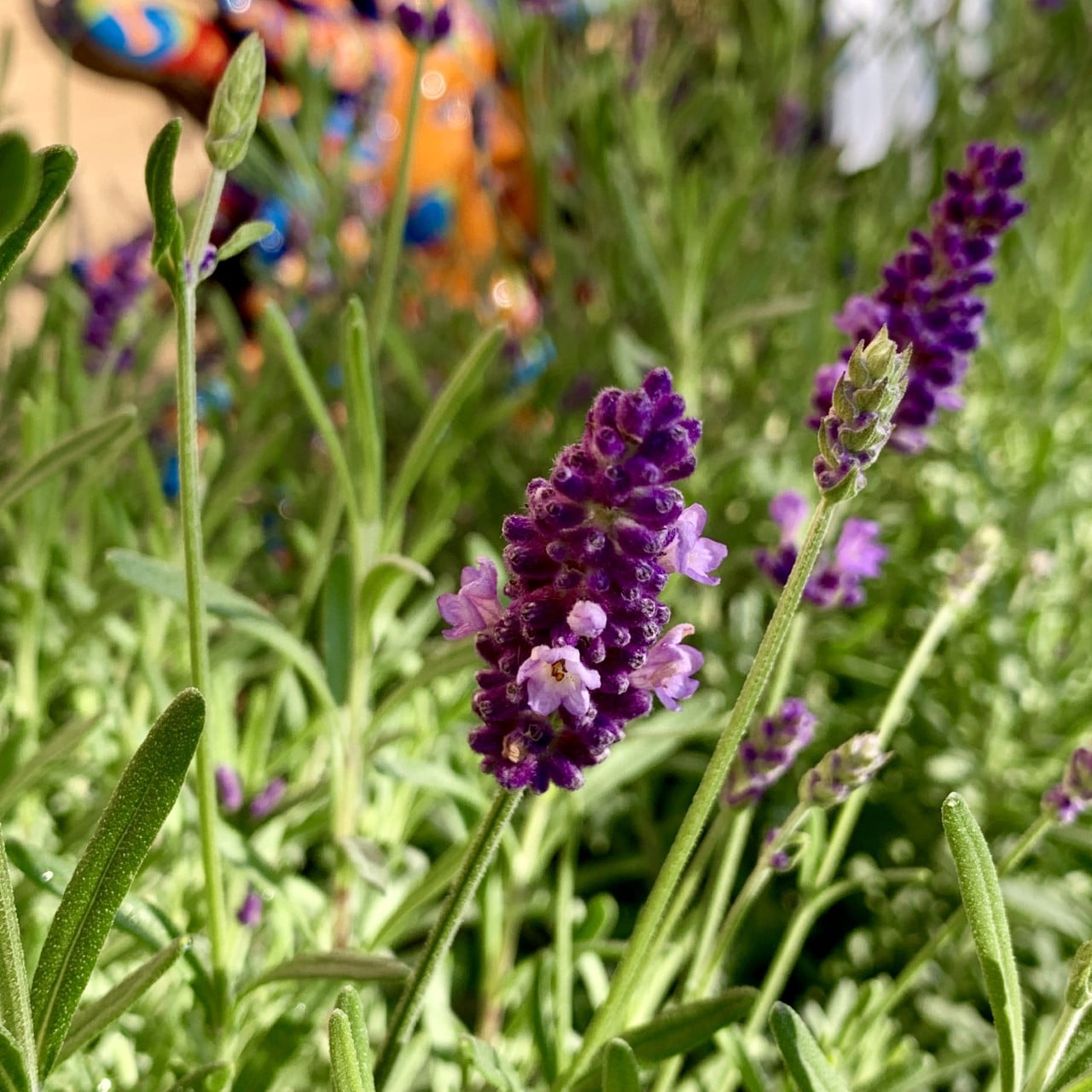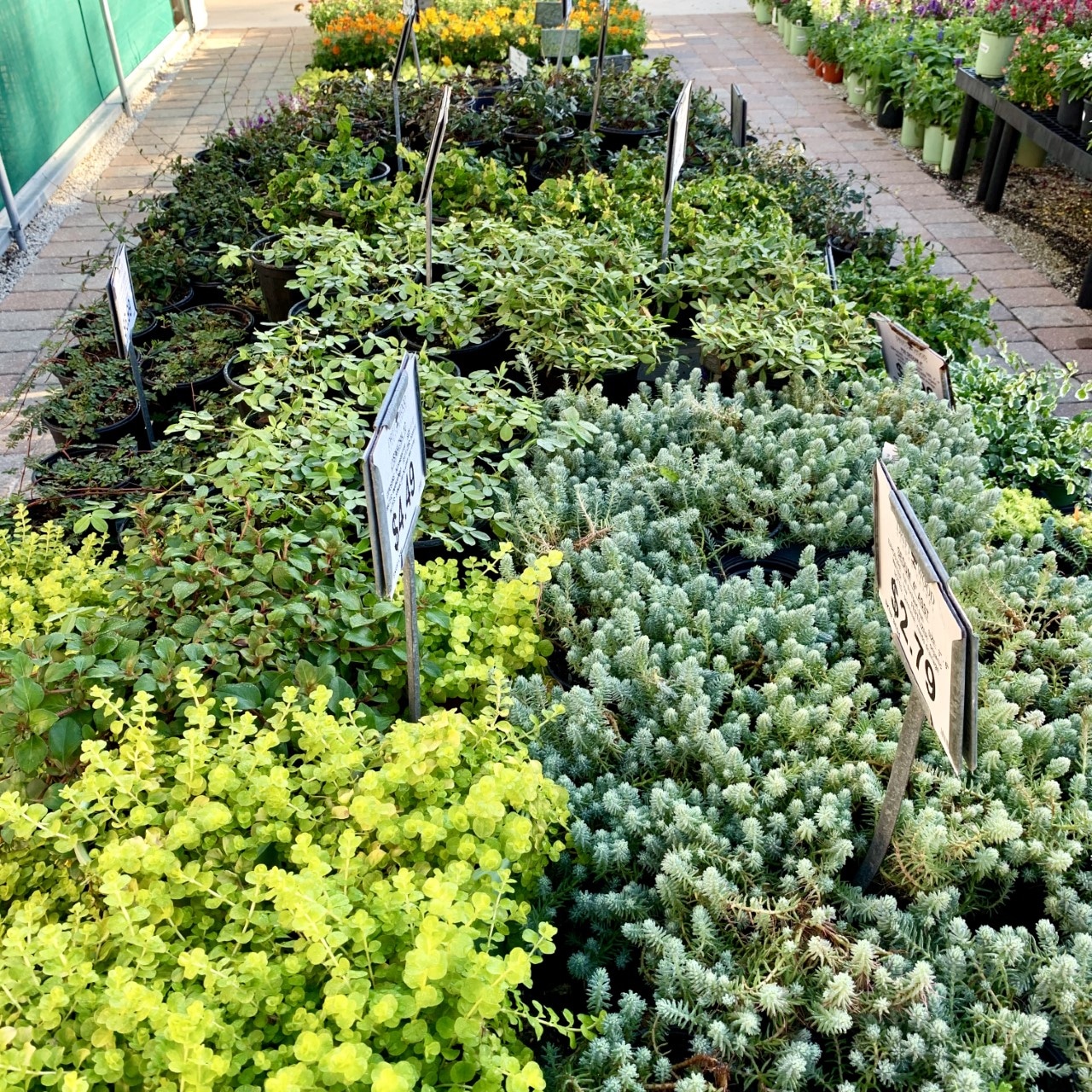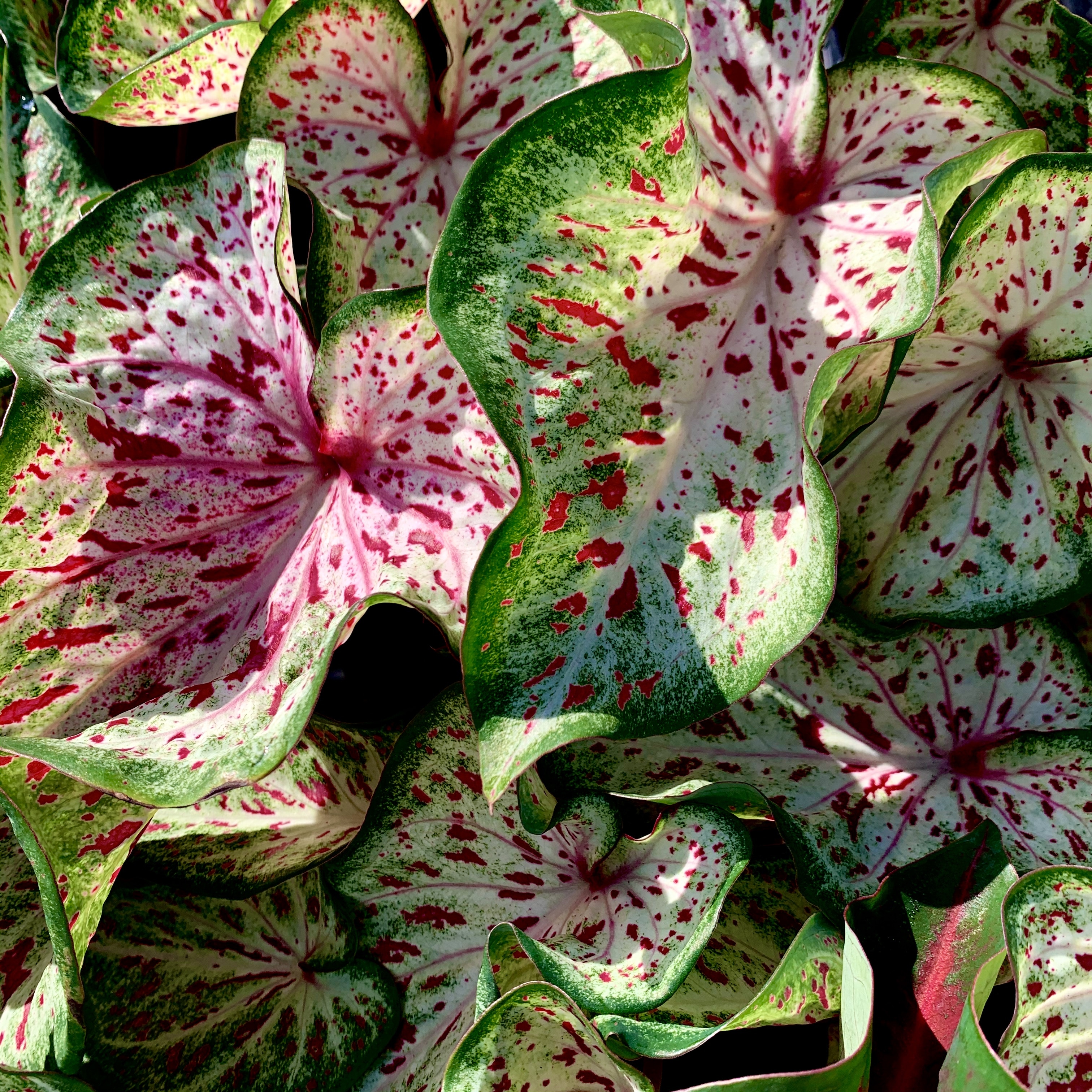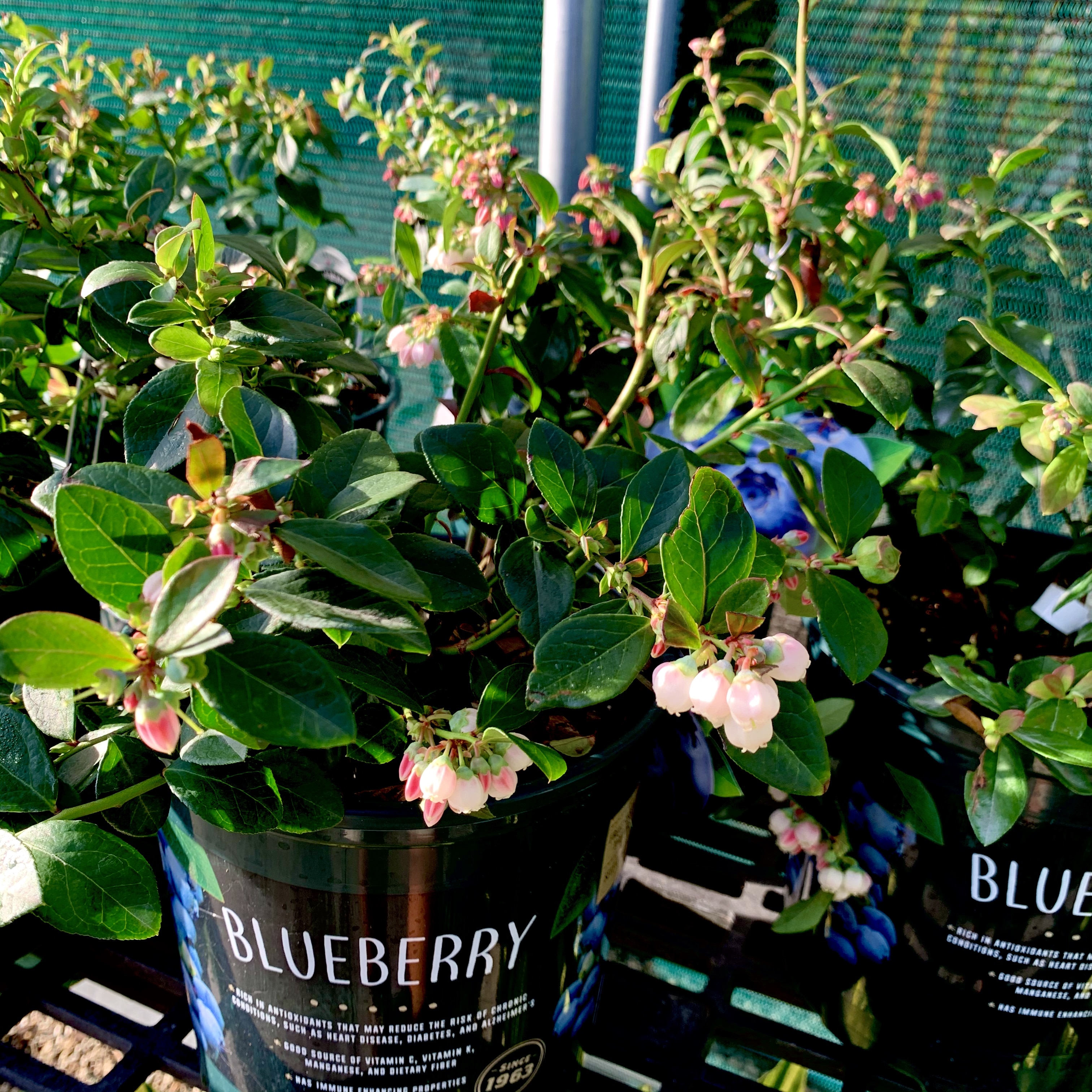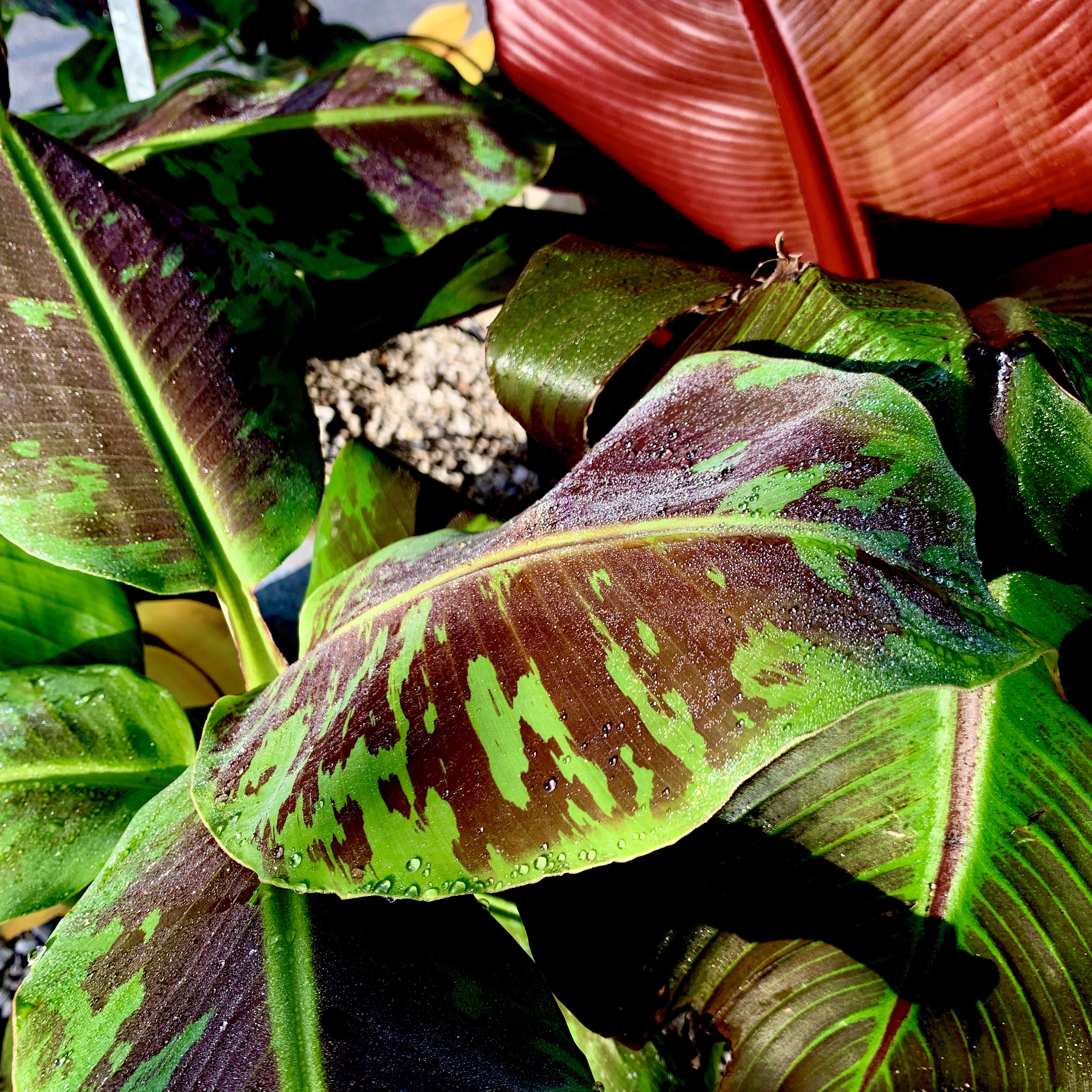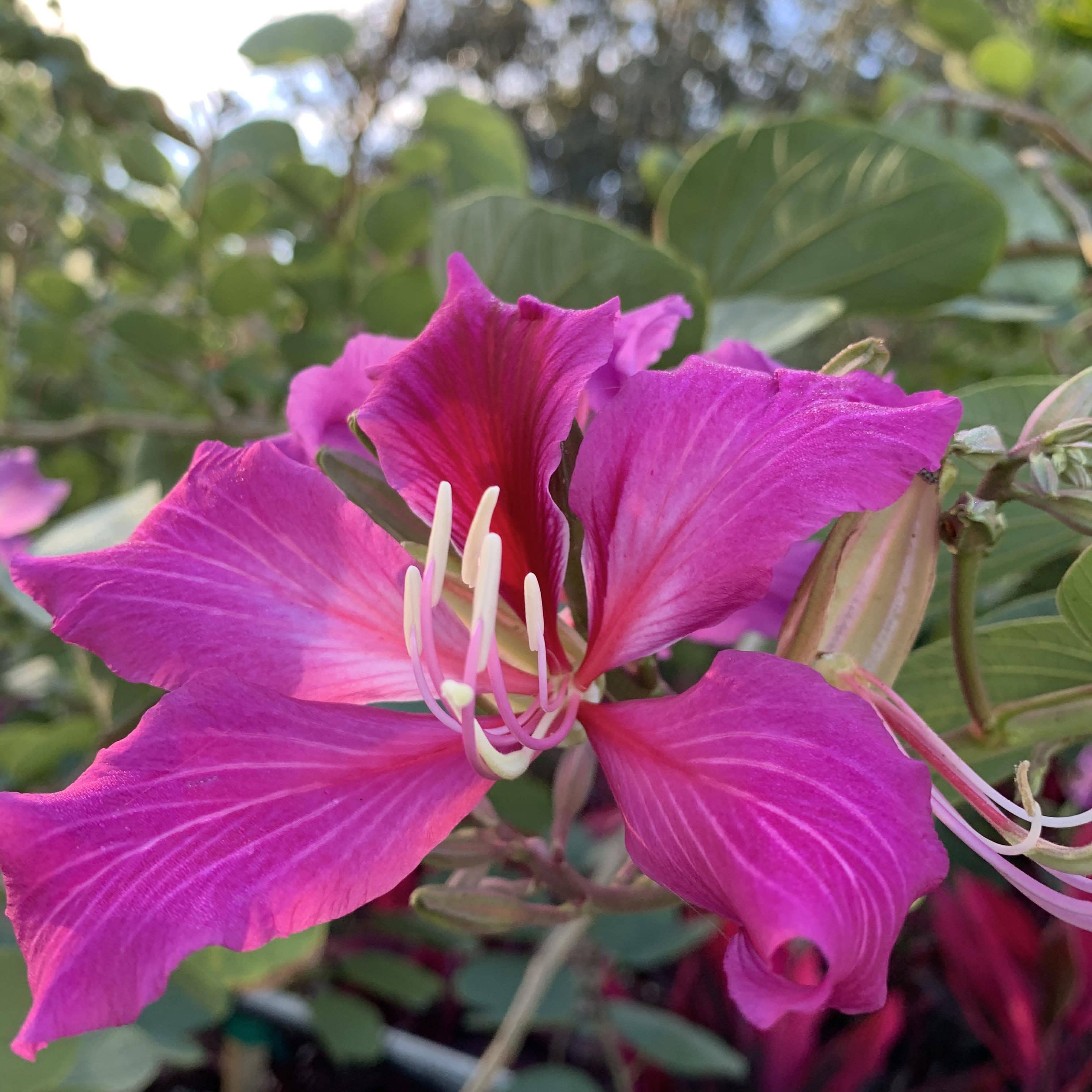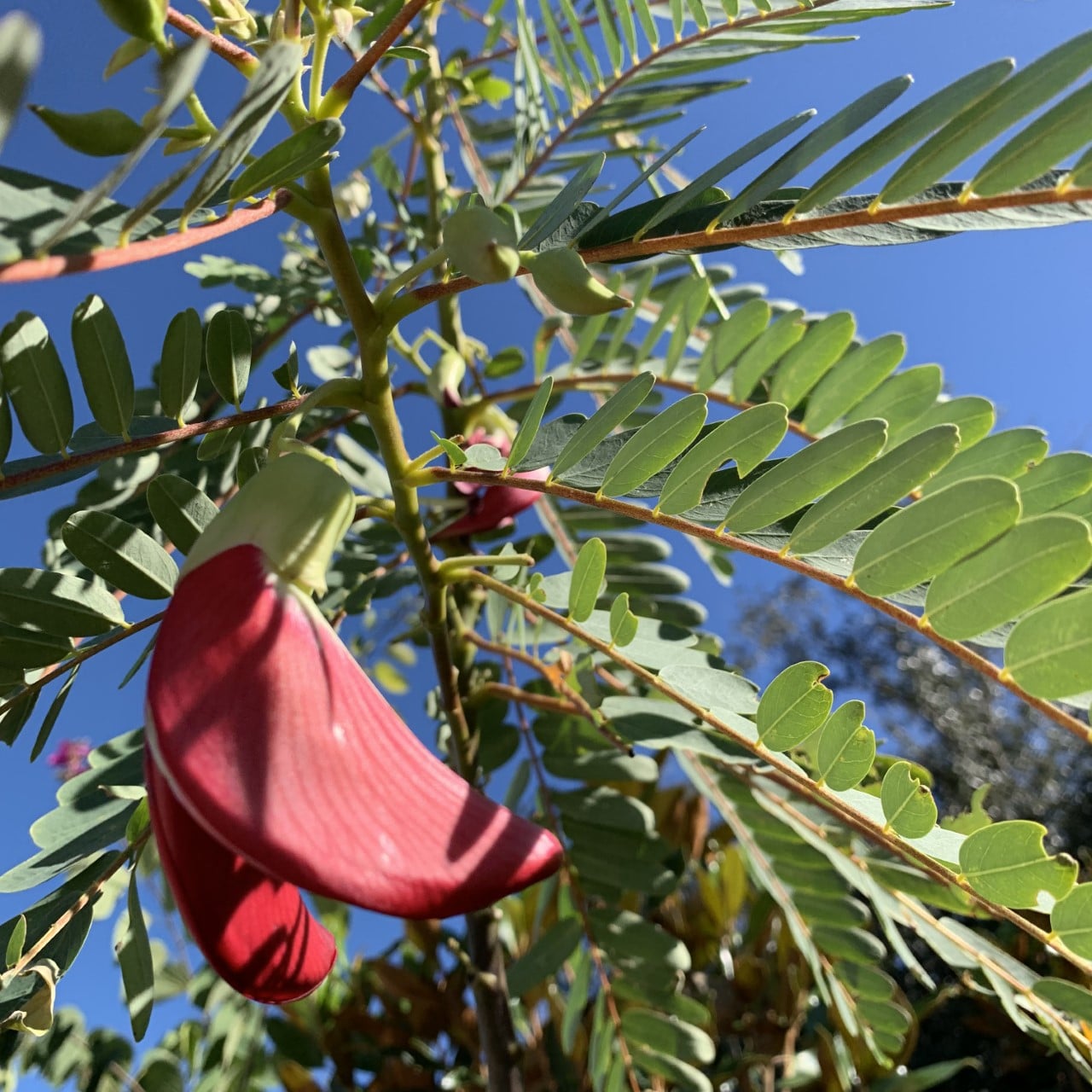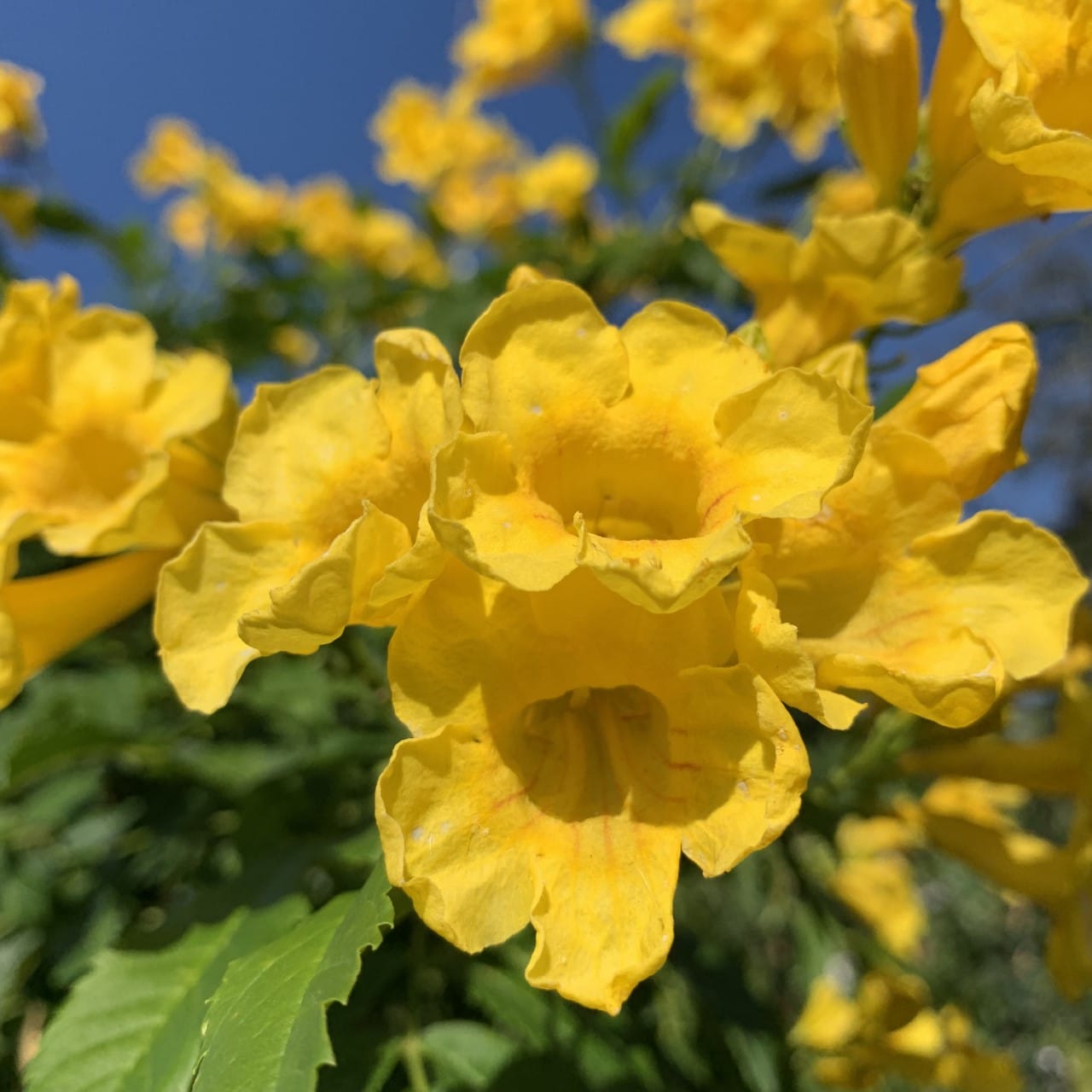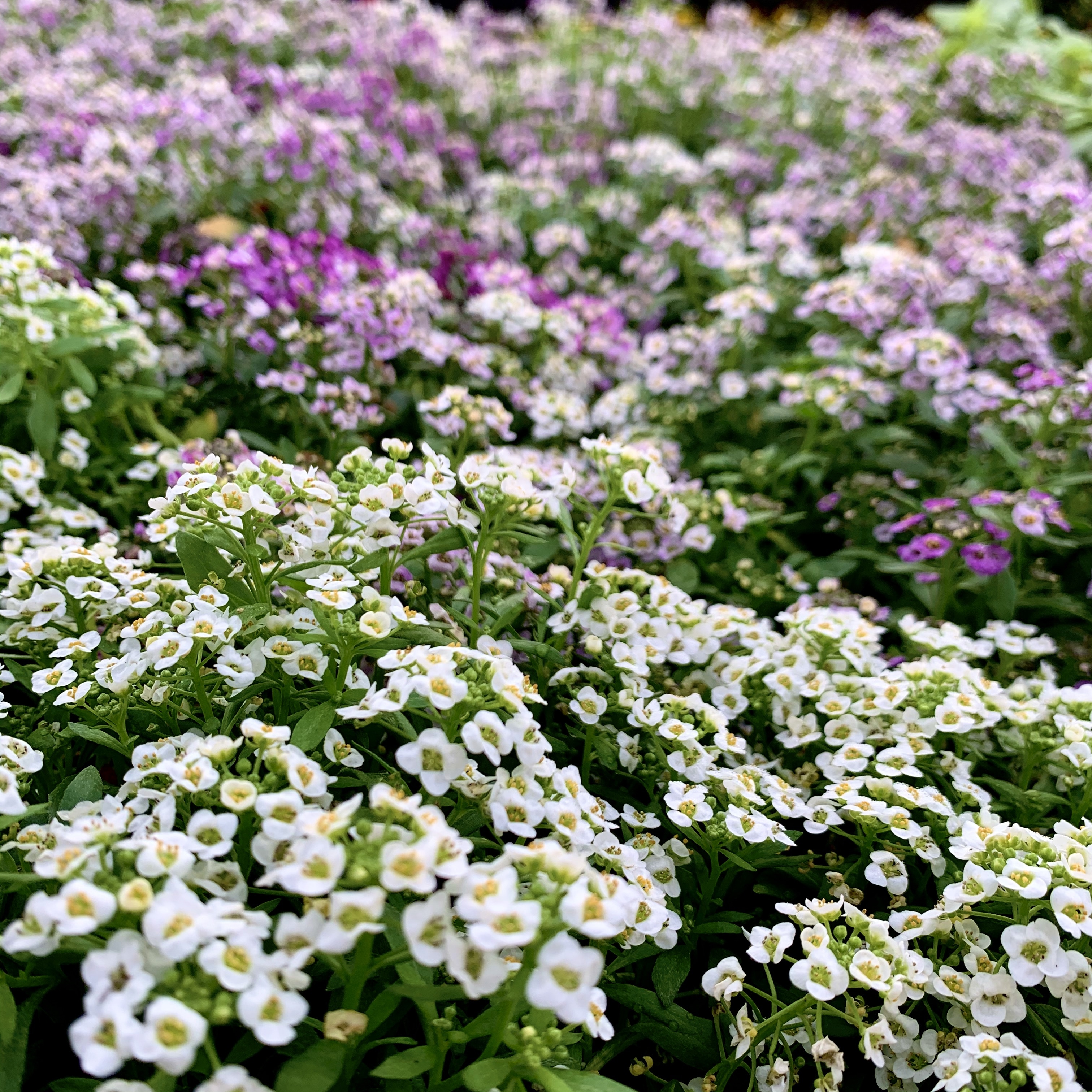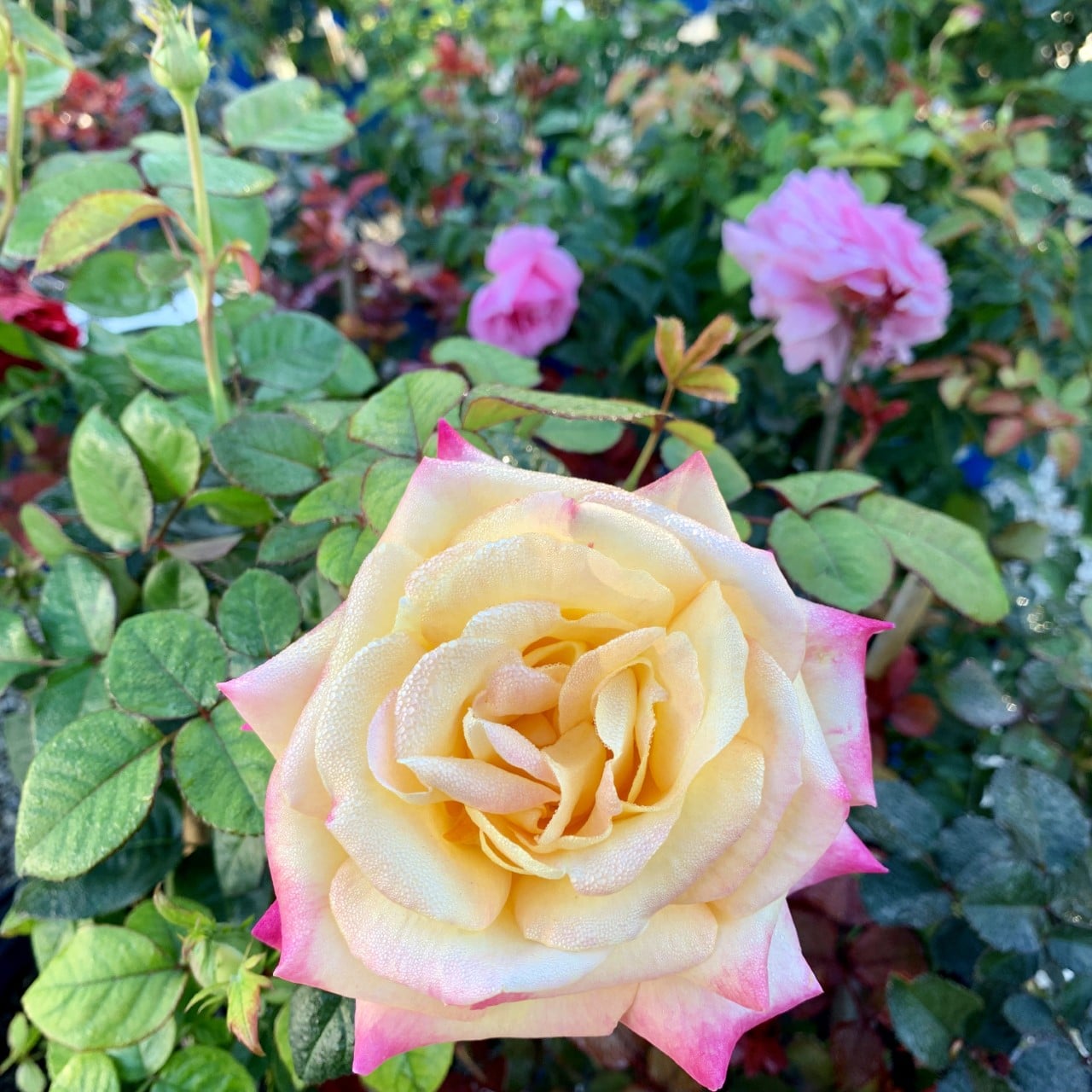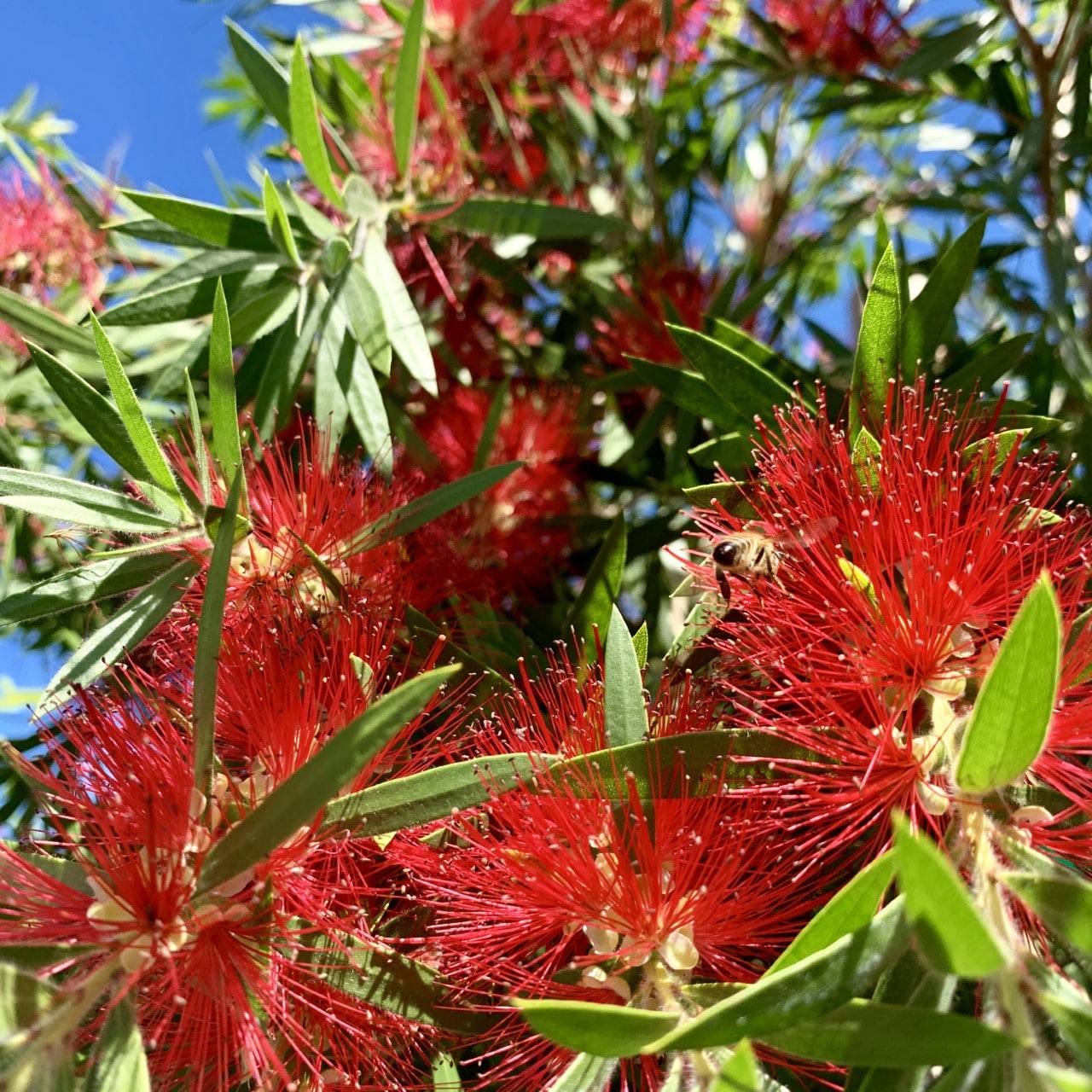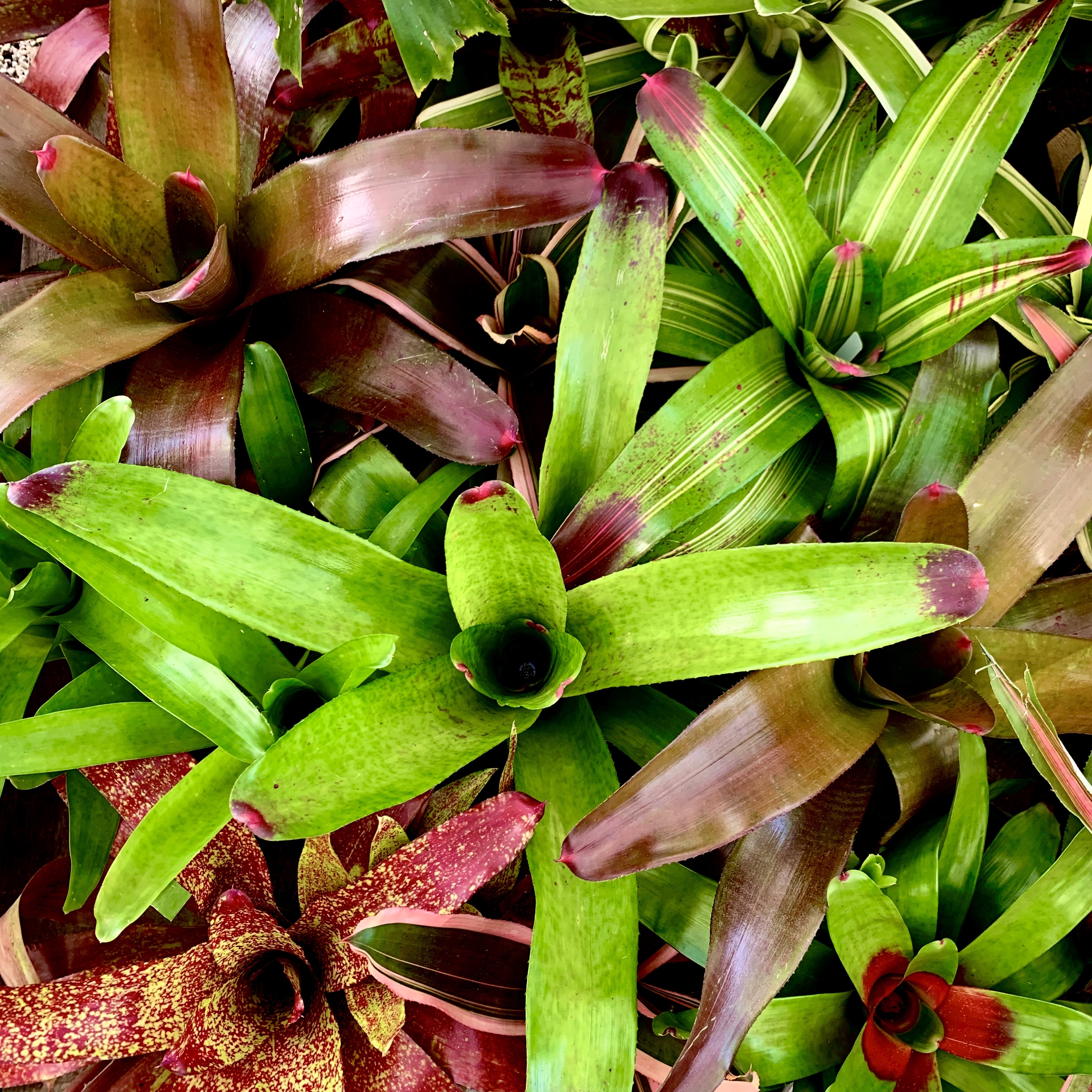
Bromeliads
House plants are a wonderful addition to anyone’s house looking to spruce up their interior space. We have many options from classics like African violets and fiddle leaf figs to unique sansevieria varieties and hanging baskets of many kinds of ferns. Bright but indirect sunlight is best for most house plants, but certain plants may be acclimated to different conditions.
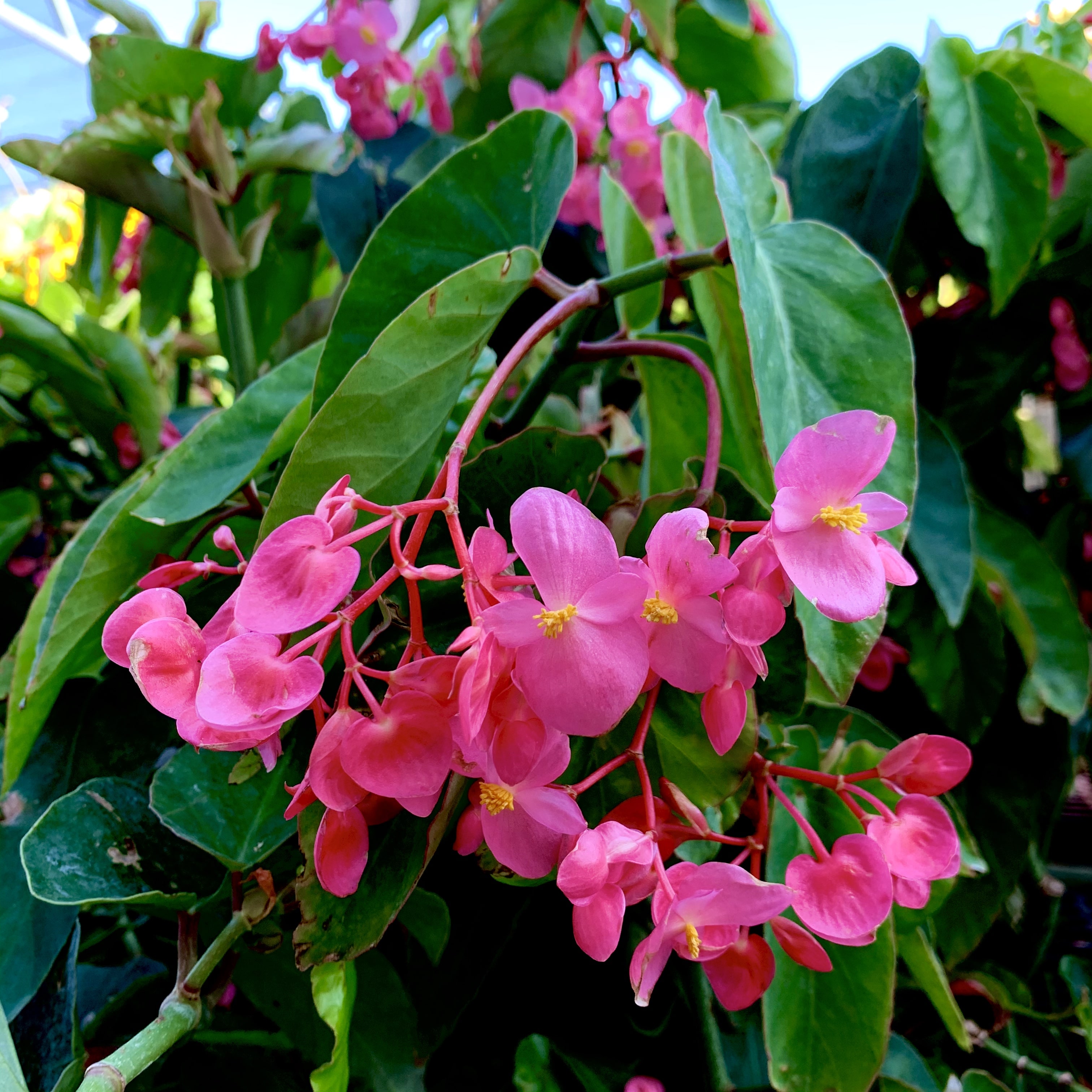
Angel Wing Begonia
There are quite a few house plants that still flower even without all of the heavy sunlight that most of the big landscape trees and shrubs require. Bromeliads are a good example; bromeliads are common down here not only because they grow very easily, but because of the combinations of colors and patterns as well. Bromeliads in general can grow in just about any situation, besides being submerged in water. They have a very shallow root system and take in most of their water through the cups in the leaves that collect rainfall naturally. Because of this, they are commonly found growing in trees as air plants.
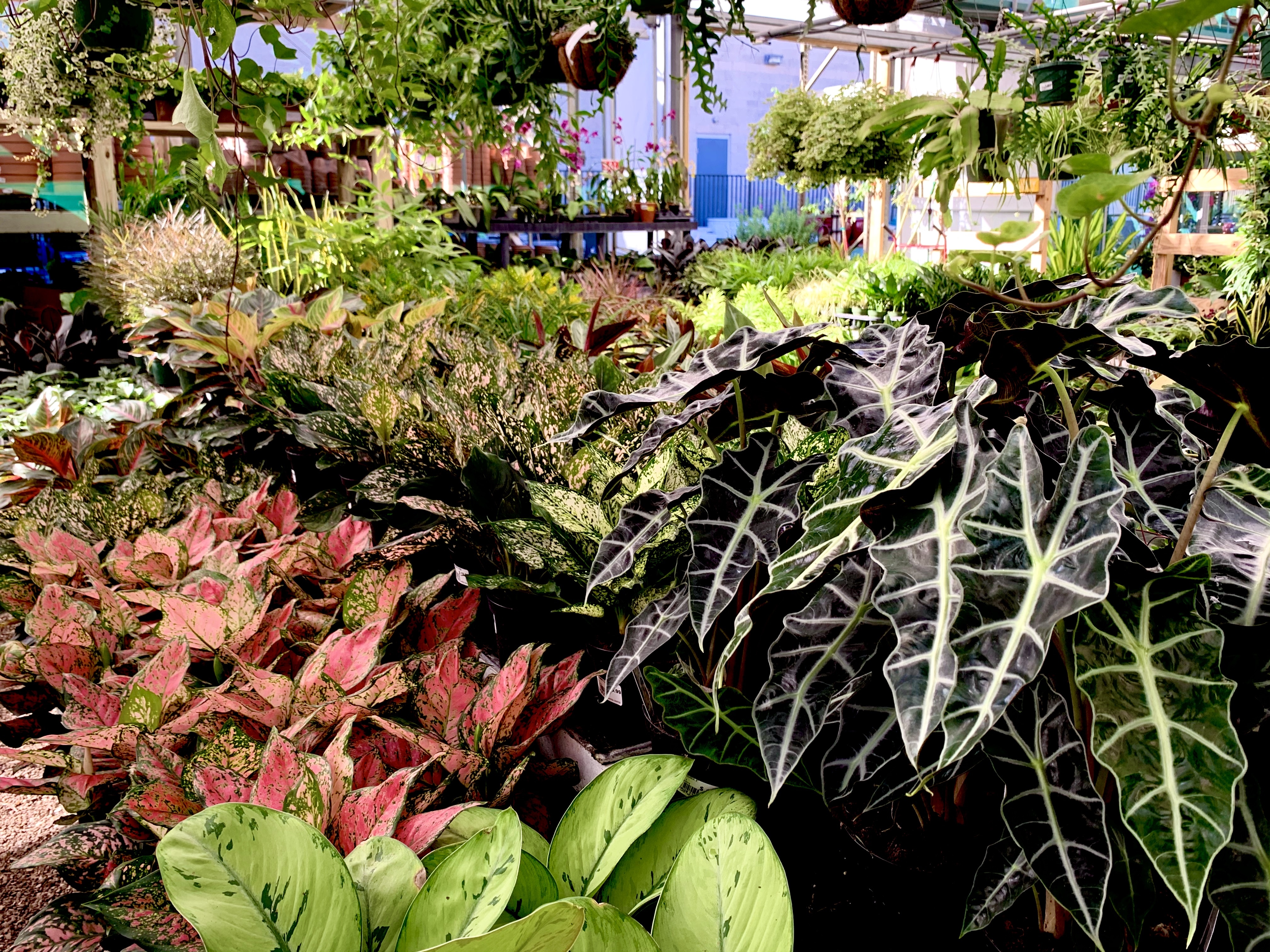 Houseplants come in many different forms to fit a wide range of looks. Many alocasia feature wide, tropical foliage and different shades of green, purple and white to bring new light to an otherwise bland area. Cascading ice plants, hoyas, pothos and many others drape over the edge of pots or hanging baskets. There are many different ways to fit beautiful color and eye-catching foliage anywhere at home.
Houseplants come in many different forms to fit a wide range of looks. Many alocasia feature wide, tropical foliage and different shades of green, purple and white to bring new light to an otherwise bland area. Cascading ice plants, hoyas, pothos and many others drape over the edge of pots or hanging baskets. There are many different ways to fit beautiful color and eye-catching foliage anywhere at home.
Watering plants thoroughly and then allowing time to dry out before the next watering is essential to many plants in southwest Florida, so it is best to use a well-draining soil when planting. Using the appropriate fertilizer is important for plants to thrive, so it is good practice to do it on a regular schedule to ensure good plant health. We recommend fertilizing quarterly with organic or granular extended-release fertilizer for best results.

Carnivorous Sundew
Below is a short list of popular plants in this field:
*Selection may vary by location / time of year – list does not directly reflect current inventory*
- Foliage-focus
- Ivy, Ferns, Pothos, Calathea, Aglaonema, Alocasia, Stromanthe, Sansevieria, Philodendron, Ficus, Carnivorous Plants. Dracaena, Croton, Dieffenbachia, Ginger, Bromeliad, Air Plants, Aralia, Zig-Zag, Farfugium, Wandering Jew.
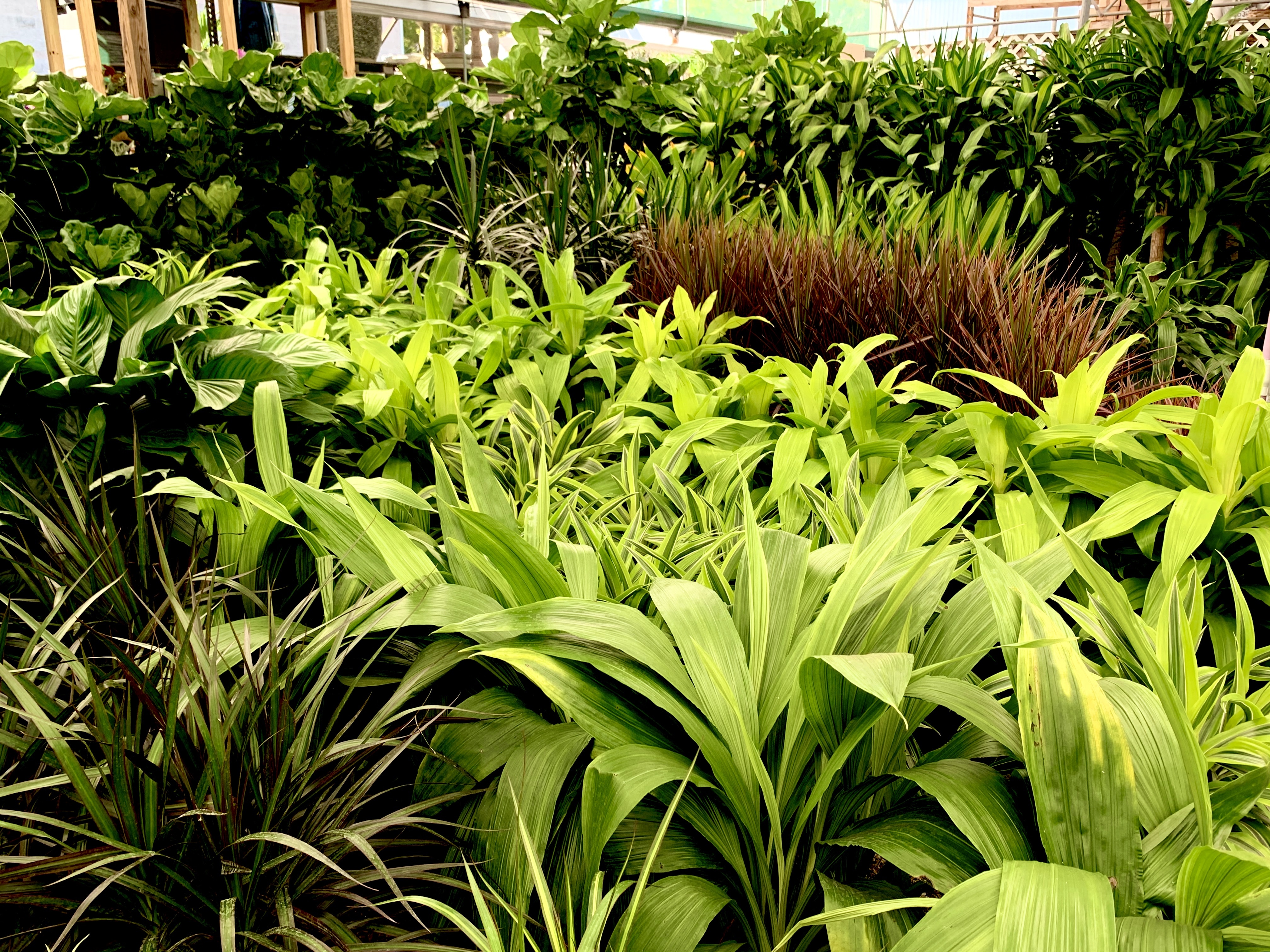
Assorted Housplants
- Palms / Trees
- Chamadorea Palm, Neanthebella Palm, Majesty Palm, Cat Palm, Raphis Palm, Old Man Palm, Ficus Tree, Yucca, Japanese Fern Tree, Assorted Bonsai Trees.
- Flower-focus
- Begonia, Anthurium, African Violet, Dwarfed Hibiscus, Cyclamen, Hydrangea, Bromeliad, Air Plants, Ginger, Japanese Peace Lily, White Bird of Paradise, Stephanotis, Hoya, Medinella.
Have other questions? Give us a call, or stop in at either of our locations and talk with one of our trained experts to give you the upper hand!
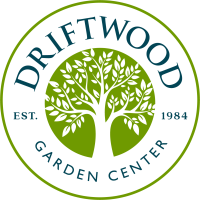


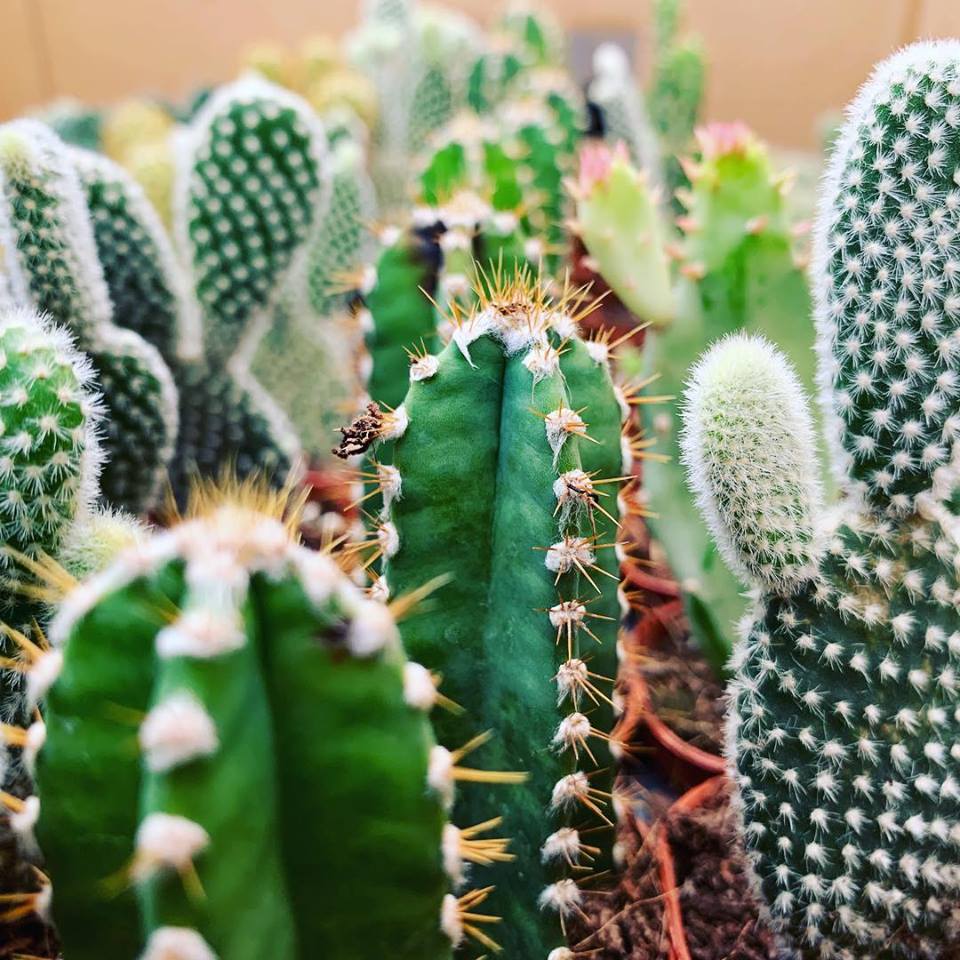 Cacti and succulents have become increasingly popular in recent years. From specialty growers and collectors to stores, websites and collectibles, it is no wonder they have become such a trendy houseplant. This popularity is no doubt due to the fact that all these plants are inherently easier to take care of compared to most other houseplants simply because they do not need much water or attention to survive.
Cacti and succulents have become increasingly popular in recent years. From specialty growers and collectors to stores, websites and collectibles, it is no wonder they have become such a trendy houseplant. This popularity is no doubt due to the fact that all these plants are inherently easier to take care of compared to most other houseplants simply because they do not need much water or attention to survive. Many may not think of south Florida as an ideal location to grow or purchase cacti and succulents due to our heavy summer rains. Although they are known for living on the dry side, many can be kept happy as a houseplant or out in the landscape as long as they are planted in well-draining soil. For this reason, we at Driftwood keep our succulent selections inside our covered shade-house in order to have full control over the watering. If kept as a houseplant, these plants need as much bright light as possible, so by a sunny window is best. However, most varieties can be transitioned to take full sun if acclimated slowly.
Many may not think of south Florida as an ideal location to grow or purchase cacti and succulents due to our heavy summer rains. Although they are known for living on the dry side, many can be kept happy as a houseplant or out in the landscape as long as they are planted in well-draining soil. For this reason, we at Driftwood keep our succulent selections inside our covered shade-house in order to have full control over the watering. If kept as a houseplant, these plants need as much bright light as possible, so by a sunny window is best. However, most varieties can be transitioned to take full sun if acclimated slowly.


